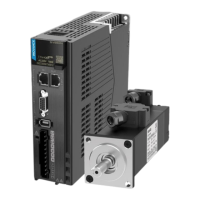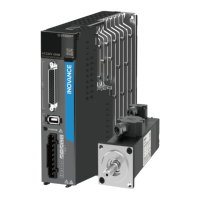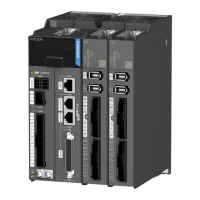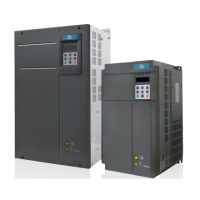Electrical Design Guide
‑38‑
Figure 3‑11 Incorrect CAN connection way
Communication cable types
Twisted pairs are recommended for CAN communication. Twisted pairs can resist
high‑frequency magnetic field noise and reduce radiation escaped from the cables to
the outside, as shown in the following figure.
Figure 3‑12 Twisted pairs
● The torque D of a twisted pair must be smaller than 2 cm. Smaller torque indicates
better anti‑interference effect.
● In case of short‑distance low‑speed communication, use shielded twisted pairs to
enhance the anti‑interference capability and connect both ends of the shield to
the PE.
● In case of long‑distance high‑speed communication, shielded cables are not
recommended. This is because large distributed capacitance exists between the
shield and the signal cable, which may cause signal transmission delay.
Communication cable specifications
The transmission distance of CAN bus is directly dependent on the baud rate and
communication cable. The following table shows the relationship between the
maximum transmission distance of CAN bus and the baud rate.
No.
Speed (bps)
Transmission
Distance (m)
Number of Nodes
Cross‑sectional Area
(mm
2
)
1 1M 25 64 0.205
2
500 k
95 64 0.34
3
100 k
560 64 0.5
4
50 k
1100 64 0.75
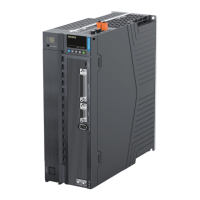
